CHINO
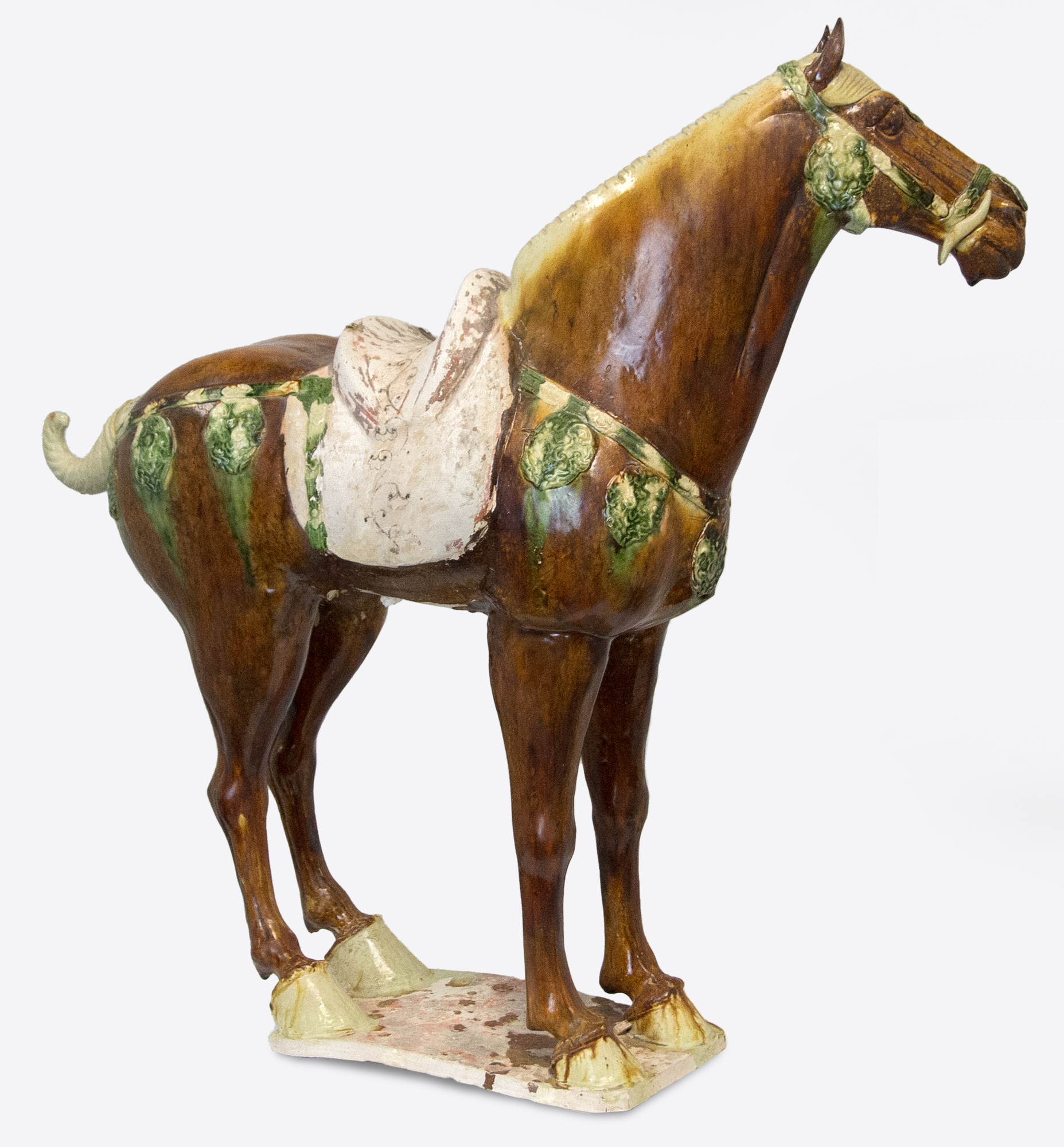

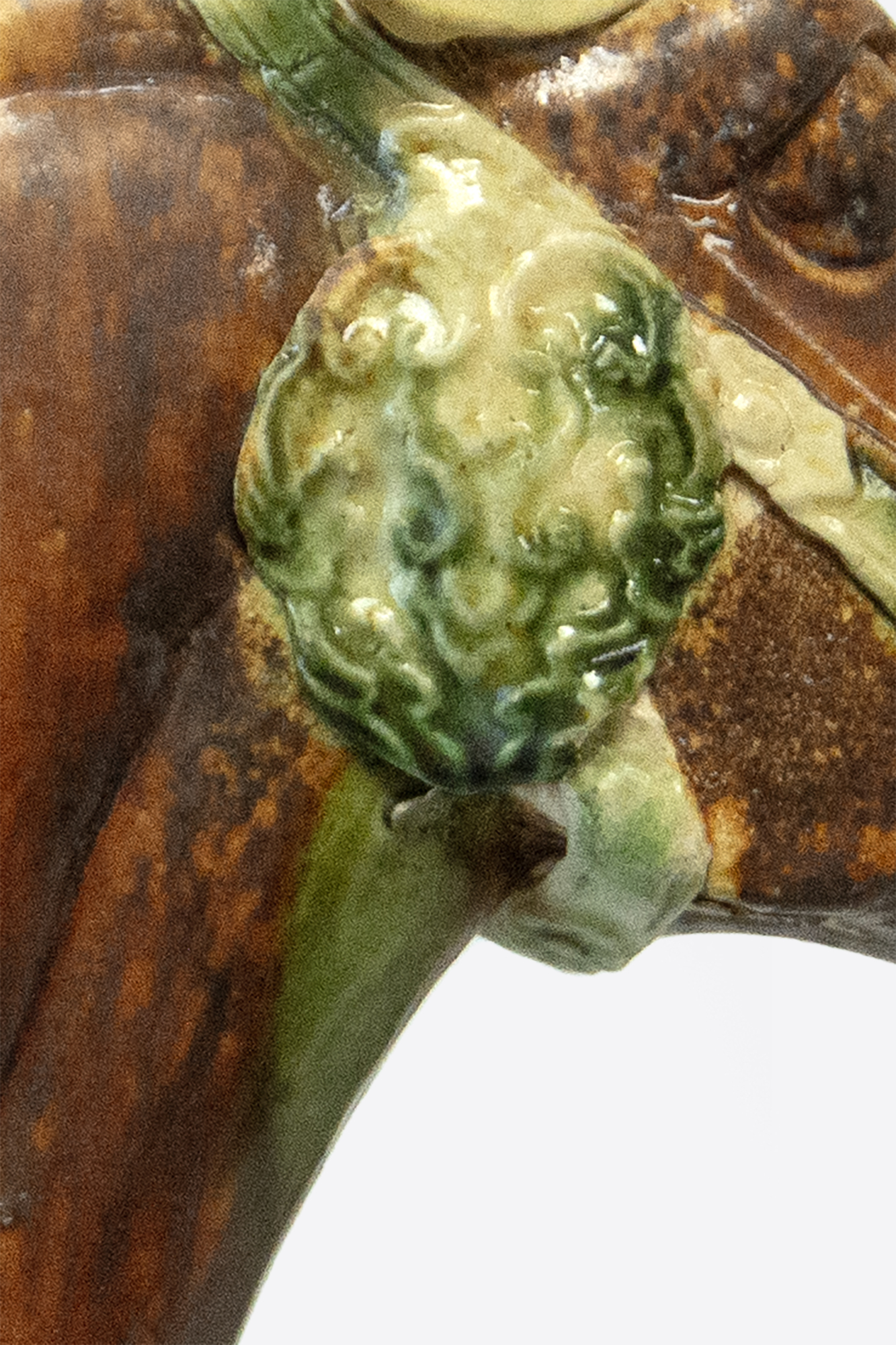
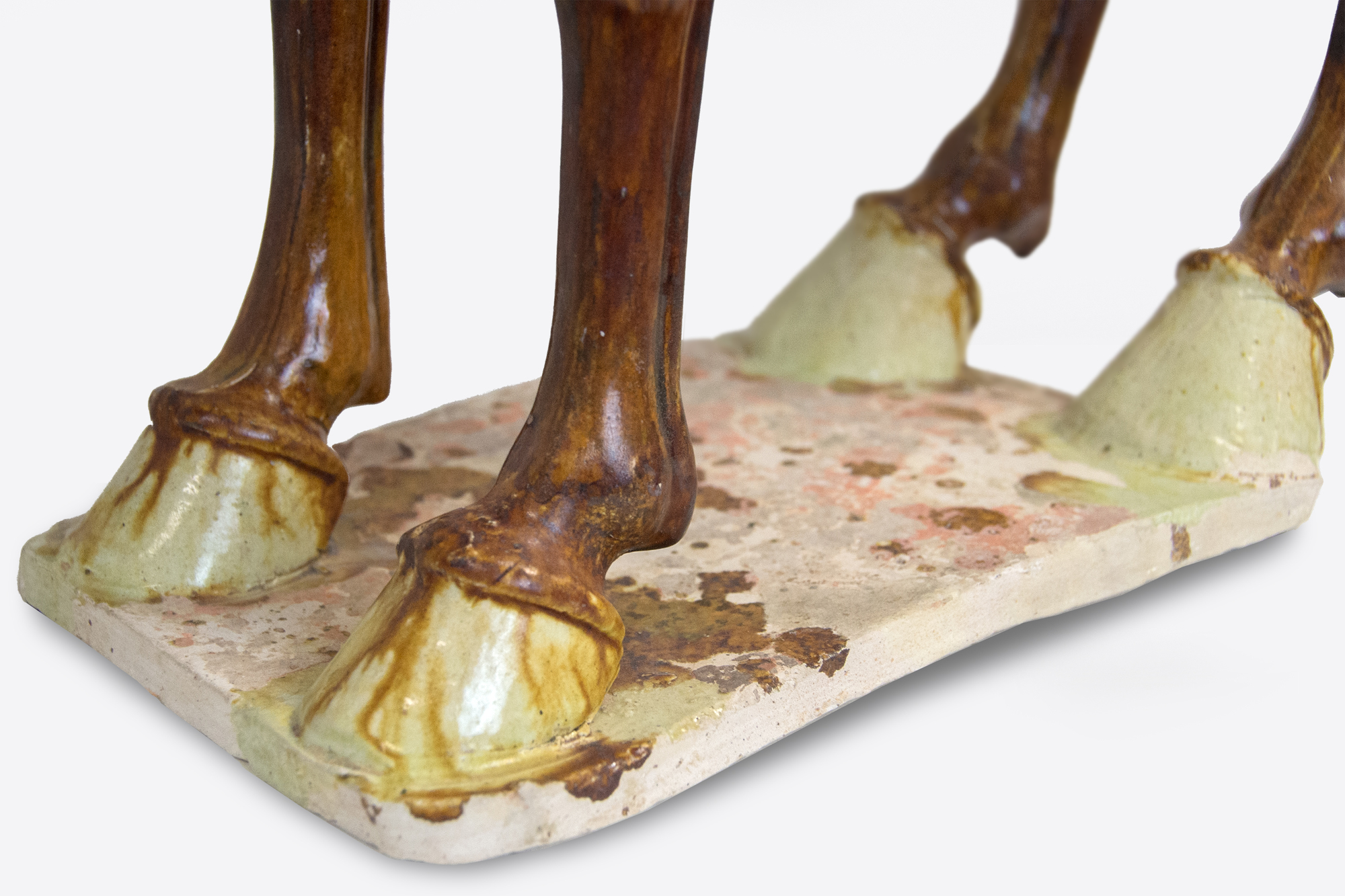
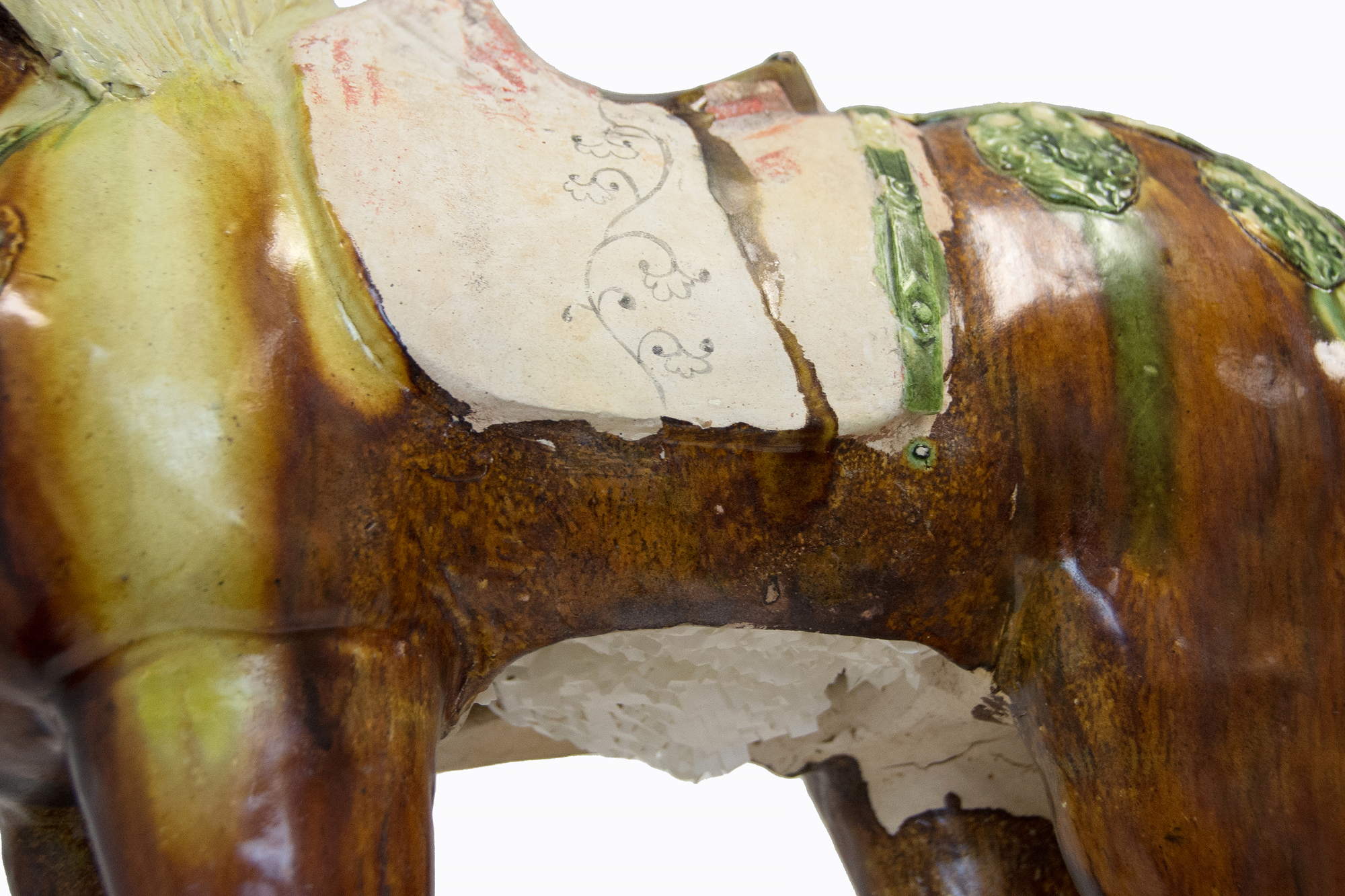
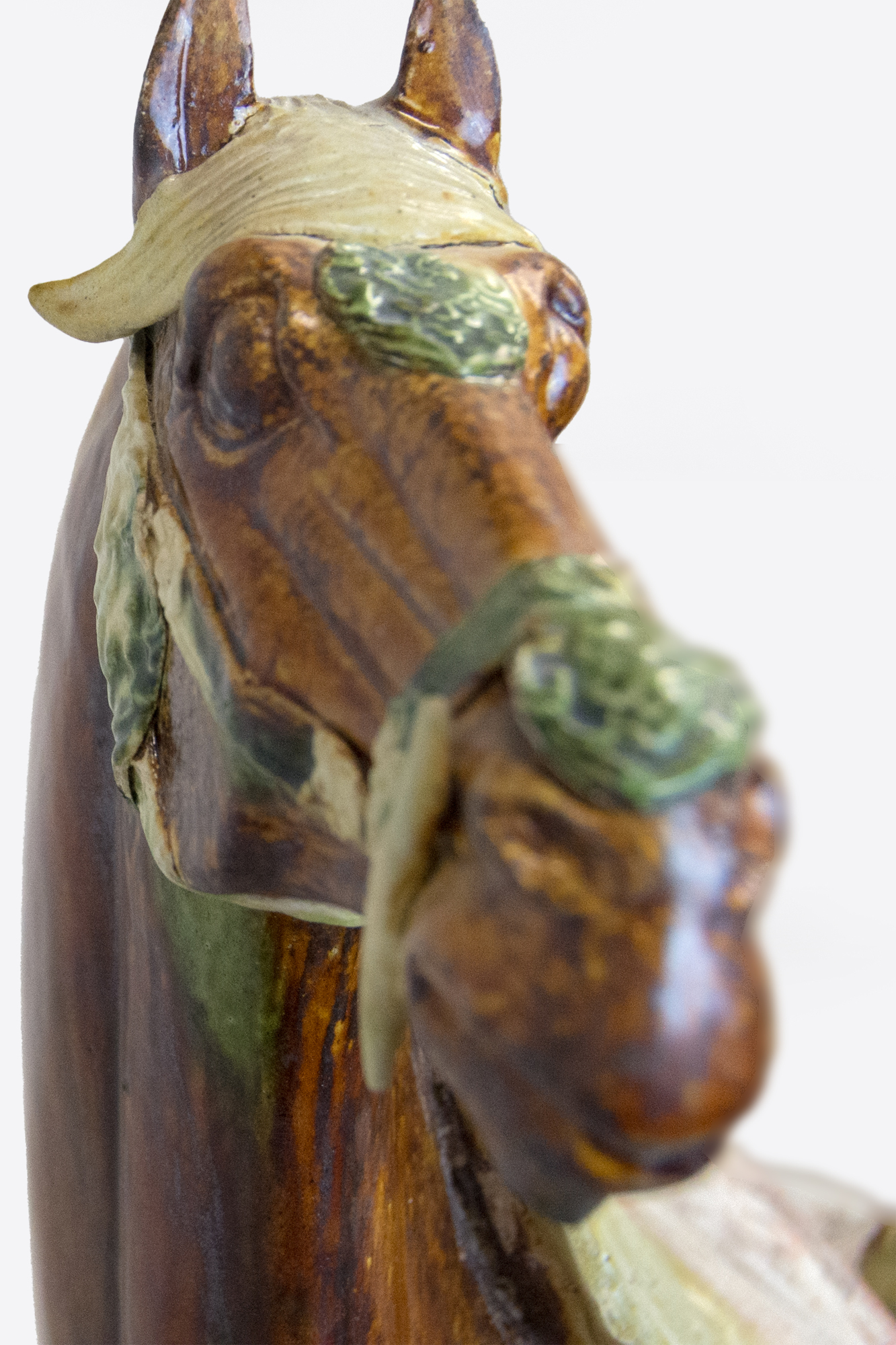

Procedencia
Colección privada, WashingtonEste caballo esmaltado de Sancai habría sido un símbolo de estatus increíble para su propietario y muchos se han perdido con el tiempo. Esta escultura es comparable a las que se conservan en colecciones de museos de todo el mundo, incluido el Museo Metropolitano de Arte de Nueva York.


